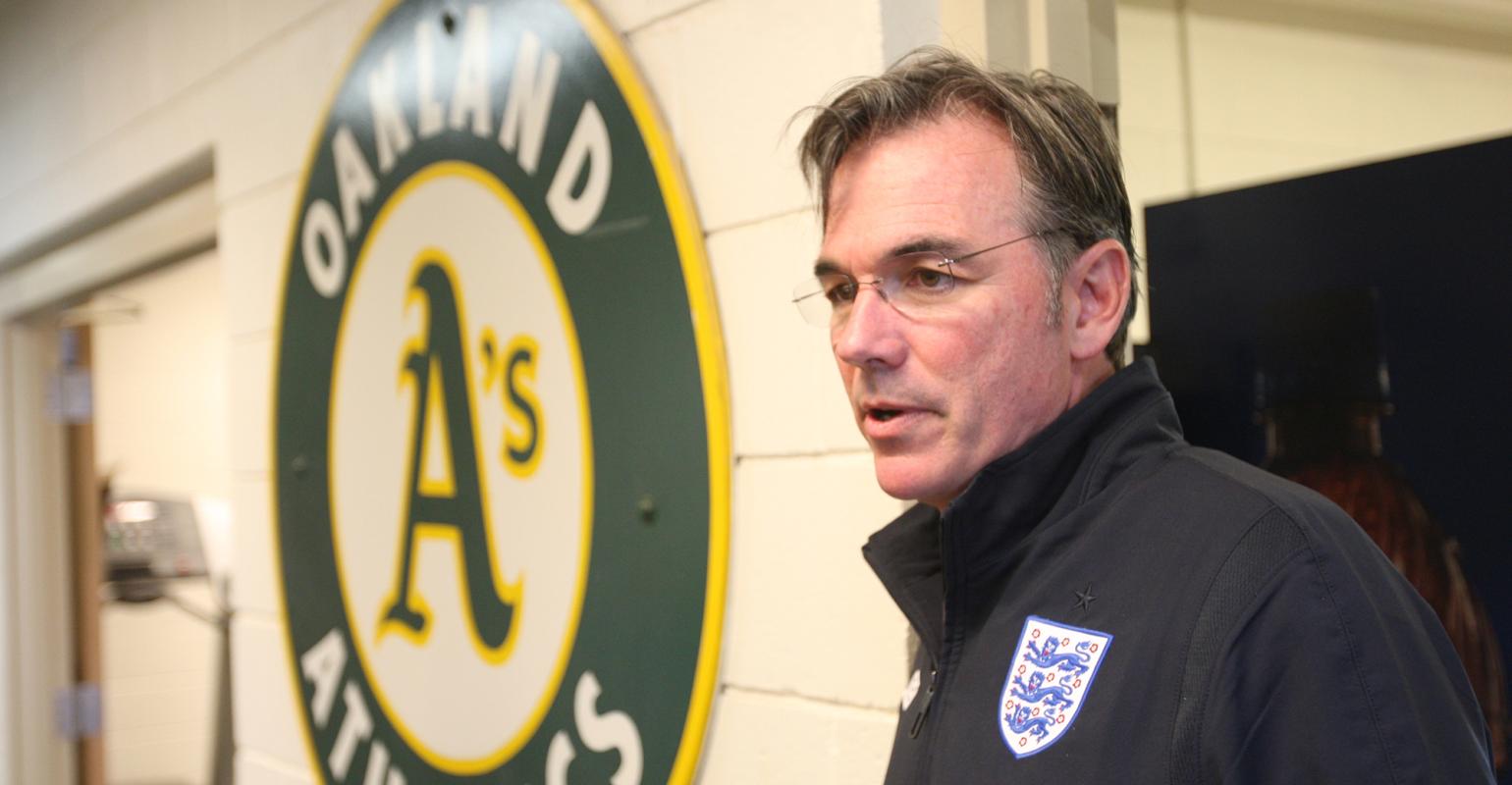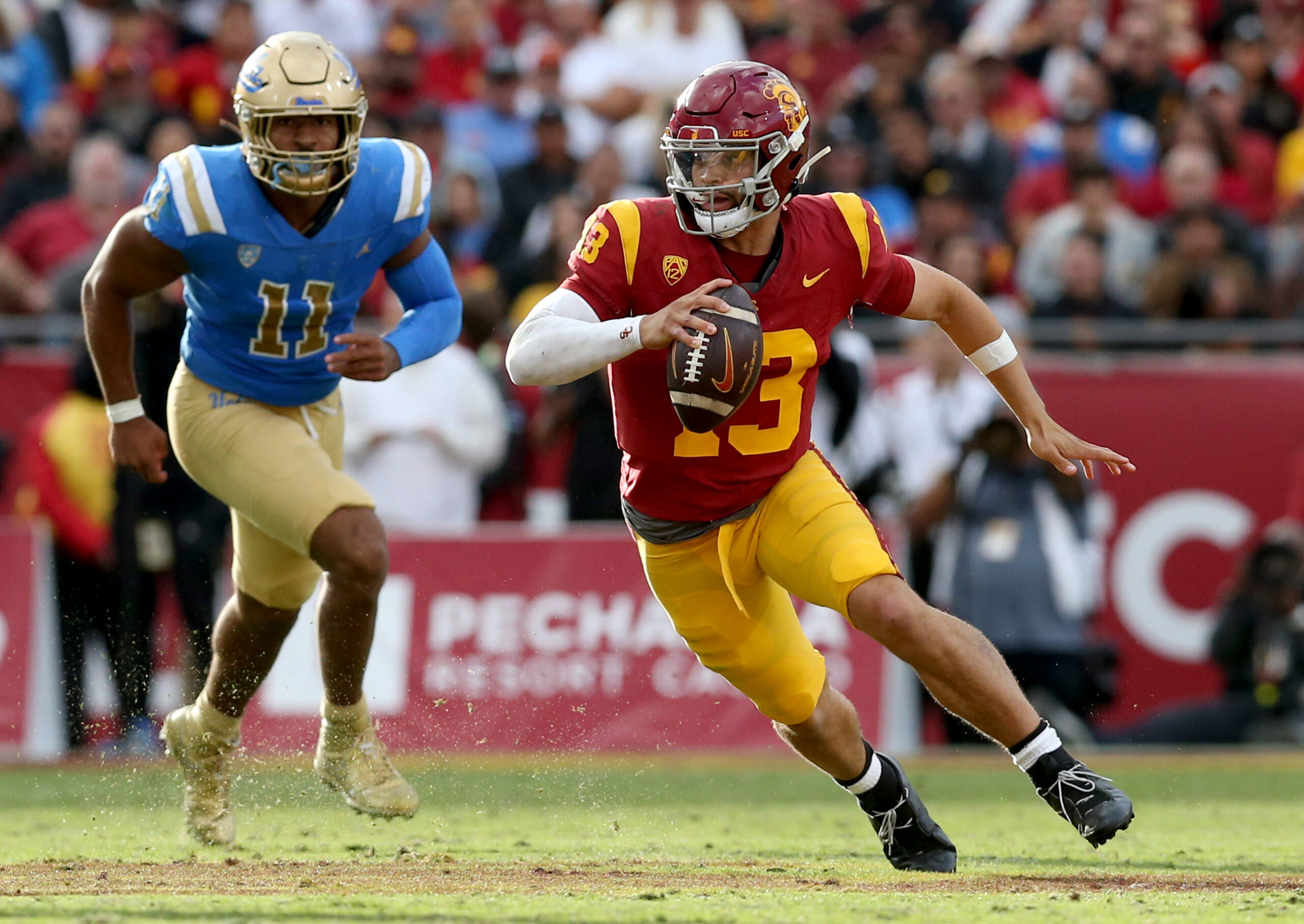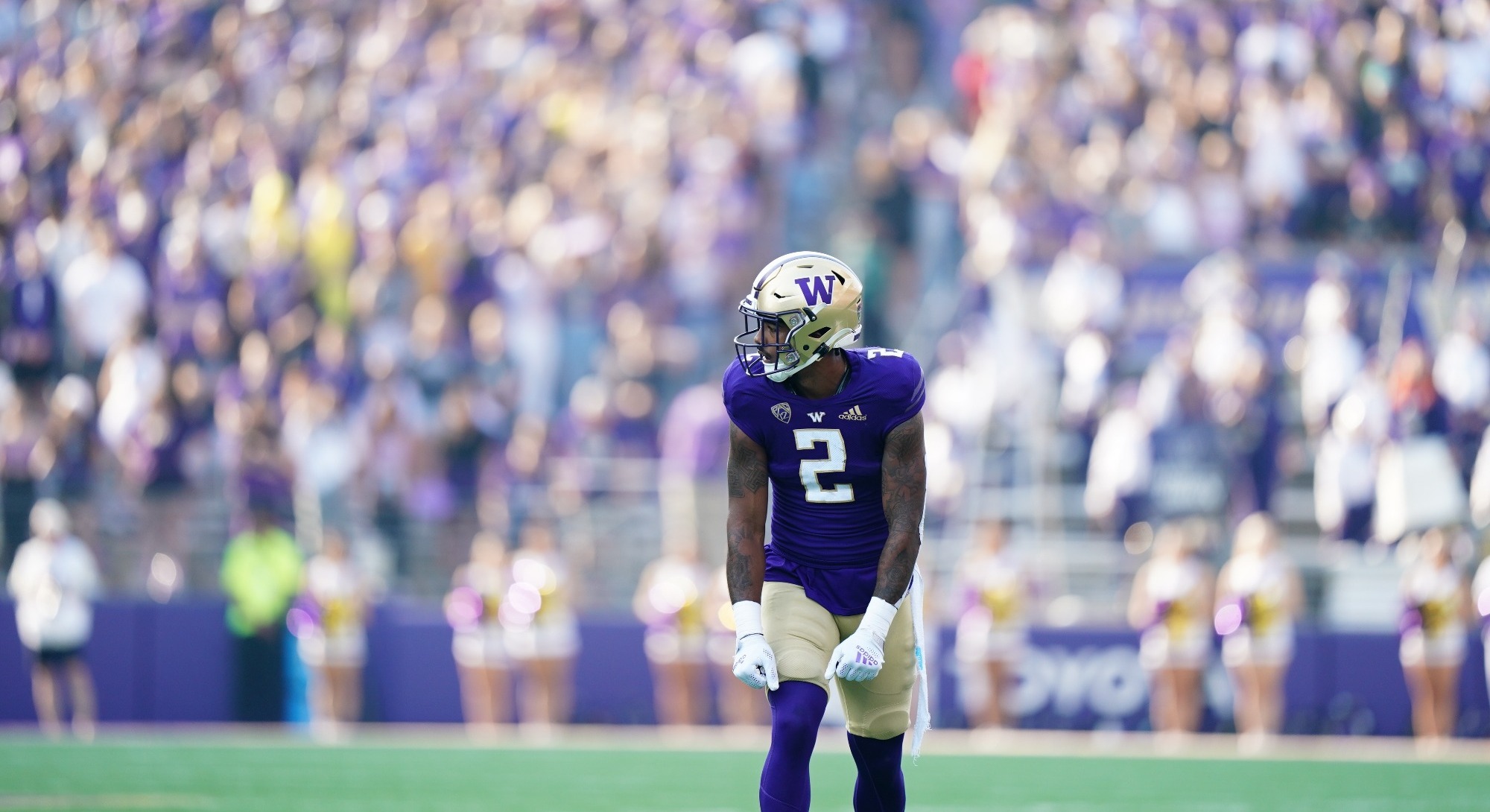
- Mania Madness II – Mae Young Region Finals - March 25, 2024
- Deadman Tells No Tales – Six Names Rumored To Have Broken The Undertaker’s Streak - March 22, 2024
- Mania Madness II – Round Of 4: Mae Young Region - March 18, 2024
Since its release in July 2003, Moneyball: The Art Of Winning An Unfair Game has become a sports wide phenomenon. The story tells of the 2002 Oakland Athletics and their climb up the American League West standings despite lacking the star power that most other teams had. While they ended up being a first-round exit in the playoffs that season, the idea was now out there, ready to be used without a franchising fee.
Since its publication, the idea of “Moneyball” has made Oakland’s general manager Billy Beane a well known figure in the baseball world, as well as introduced Paul DePodesta (who went under the name Peter Brand because he didn’t approve the use of his name) to the sports world. The idea would eventually spread to other sports such as football and basketball.
In 2011, the idea would spread even further when the book was adapted into a movie. Starring Brad Pitt, Jonah Hill, Chris Pratt and Philip Seymour Hoffman, the movie brought the book to life, even earning six Academy Award nominations. With the movie playing on the AMC and movie channels often, the central idea of “Moneyball” is still being spread even to this day.
However, 20 years later, the same question lingers that did a few years after the book came out: does Moneyball actually work?
The answer to this question is both yes and no.
At the base level, it does not work. Using the starting point of 2002 (the season the book was focused on), the Oakland have gone 929-882 with nine playoff appearances, and no World Series appearances. While nine postseason trips in twenty-two years isn’t bad for a small market team, thirteen years with no playoff appearances is hard pill to swallow.
In that time, Oakland also had a two-time manager of the year (Bob Melvin in 2012 and 2018), three rookie of the year award winners (Bobby Crosby in 2004, Huston Street in 2005 and Andrew Bailey in 2009), a relief pitcher of the year award winner (Liam Hendricks in 2020), a Cy Young Award winner (Barry Zito in 2002) and a Most Valuable Player of the year winner (Miguel Tejada).
None of those players spent longer than six years with the team. They’d end up either traded or let walk, and while the salaries someone like Zito or Tejada would ultimately command played into the reason for the use of “Moneyball,” the failure to commit to their own best players does damage to morale, which in turn leads to roster turnover.
Perhaps the biggest flaw in the system at the base level comes from a side effect: production replacement. During the free agency scenes of the film, it was discussed which player or combination of available players could replace Jason Giambi’s power numbers or Jason Isringhausen’s strikeout percentage. In theory, this works because you can replace those specific numbers, except with those additions, it throws off others.
Not every player is created equal and as such, replacing their production with the constraints of the limited roster spots is extremely difficult. Take for example if the Athletics let outfielder Brent Rooker walk, they’d have to find a way to replace 30 home runs, 69 runs batted in and a .246 average.
While the average and even RBI would be doable in the same player, 30 home runs would make it harder. You’d either have to give up the home runs in favor or the average and runs batted in or you sacrifice one of those for some to get you closer. It’s even harder if you use two players to replicate it because now you have to have an open roster spot for the second player which means needing to replace someone else.
It’s a maddening loop that will maintain a steady flow.
So then what about the yes?
Well, this is where it’s get complicated. Teams like the Boston Red Sox, St. Louis Cardinals and even the New York Yankees have utilized elements of the strategy, even to the point that most teams in baseball have an analytics department. All three of these teams (as well as others) have employed similar tactics and won the World Series.
So what do they do that’s different?
The one answer everyone points to is money. All of those teams listed above had higher budgets than Oakland and could afford the higher priced free agents (coincidentally, each one signed one of Oakland’s best free agents the season before Moneyball was really looked at).
In that regard, it’s not only accurate but it’s made even crazier when you consider that Boston made an offer to Billy Beane following the 2002 season to become their general manager. He could have been the one to pioneer the hybrid of Moneyball with higher funds, instead of someone like Theo Epstein, who ultimately got the job in Boston.
However, the true answer to what’s different isn’t the money. Instead, it’s where and how they choose to invest the money. Going back to the example of the post 2002 Boston Red Sox, they had holes at first base, third base and designated hitter to fill.
Rather than going out and getting bigger names, they would sign Kevin Millar, Bill Mueller and David Ortiz on cheaper deals. Not only would these players help guide Boston to the playoffs that year, but with a few other alterations to the roster, they would win the World Series the next season.
It can be argued that Boston had the luxury of taking a chance but does that make a difference? Millar, Mueller and Ortiz were making under $4 million on those contracts.
Compare that to someone like Jermaine Dye who was getting $11 million from Oakland or David Justice who was getting $7 million. They could have afforded names like that, but just didn’t choose to whether it was due to need or something else.
Good teams, budget strapped or with plenty of room, know when their window is open and how to take advantage of it. The soft salary cap may not have the same hits that hard caps that the NFL and NBA have, but it still allows even smaller market teams to get better and build winning teams. It’s just a matter of if they can build them right – something Oakland may be able to do well.
With the Athletics future in Oakland up in the air with a potential move to Las Vegas, it will be interesting to see if they stick with the Moneyball tactics or if they’ll try to pivot towards being bigger spenders. One thing that is for sure: the effect that their strategy had on the game will never go away. For better or worse, it’s here to stay.




